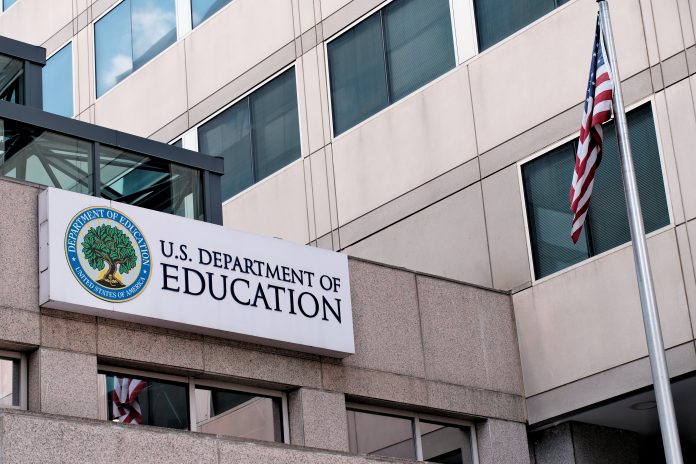On March 20, 2025, President Donald Trump signed an executive order to dismantle the U.S. Department of Education, marking a major step toward enacting Project 2025’s controversial proposal to eliminate the department. One day later, the Trump administration announced that federal student loan management would be transferred immediately to the Small Business Administration (SBA), bypassing the need for legislative approval.
This executive action follows a March 11 reduction in force that cut nearly one-third of the Education Department’s pre-inauguration workforce. The moves have sparked legal and operational concerns, as experts warn the SBA lacks the statutory authority and infrastructure to manage the nation’s $1.6 trillion student loan portfolio.
Although legislation had been introduced to reassign student loan management to the U.S. Treasury, through bills such as S. 5384 (118th Congress) and H.R. 369 (119th Congress), Trump’s directive accelerates the shift without waiting for congressional action. Critics argue that such a move could compromise borrower protections and taxpayer revenue, and may be legally indefensible under current law.
At the same time, the SBA is undergoing its own significant downsizing, cutting 2,700 positions—43% of its staff—which further limits its capacity to absorb a complex student loan system. The SBA traditionally handles a much smaller volume of high-value business loans: in Fiscal Year (FY) 2023, it backed 68,000 loans totaling $34 billion, averaging nearly $500,000 per loan. By contrast, the Education Department’s Federal Student Aid (FSA) office issued 12.6 million student loans totaling $88.4 billion, with an average value of just $7,000.
There are also legal barriers. The Higher Education Act of 1965 assigns student loan responsibilities to the Department of Education. No provision currently allows another agency, including the SBA, to assume these duties. Without a statutory transfer of authority, the government’s ability to enforce student loan agreements, many of which are signed directly with the Education Department, could be challenged in court.
Federal student loans are also more complex than SBA loans, involving various repayment plans, forgiveness programs, and regulatory oversight. The FSA manages multiple contracts with private servicers, as well as the Free Application for Federal Student Aid (FAFSA) system, and oversees institutional eligibility. These responsibilities would also need to be transferred, adding another layer of complexity to the SBA’s new role.
Further confusion stems from the administration’s flawed comparison between FSA and large private lenders, such as Wells Fargo. While FSA reportedly operated efficiently with 1,500 staff before the March 11 reductions, it does so with the help of extensive private contractor support– support that the SBA currently lacks.
Experts warn that the risks of this transfer are high. For borrowers, mishandled transitions can lead to payment errors, delayed forgiveness under public service programs, and a negative impact on credit scores. For taxpayers, even a 10% decline in student loan repayments could cost nearly $13 billion annually.
Currently, the federal student loan system includes not only the Direct Loan Program, but also older FFEL, Perkins, and HEAL programs still in repayment. These are managed by private lenders and institutions under agreements with the Education Department, not the SBA. Without legal changes, SBA’s authority to take over these relationships is unclear.










